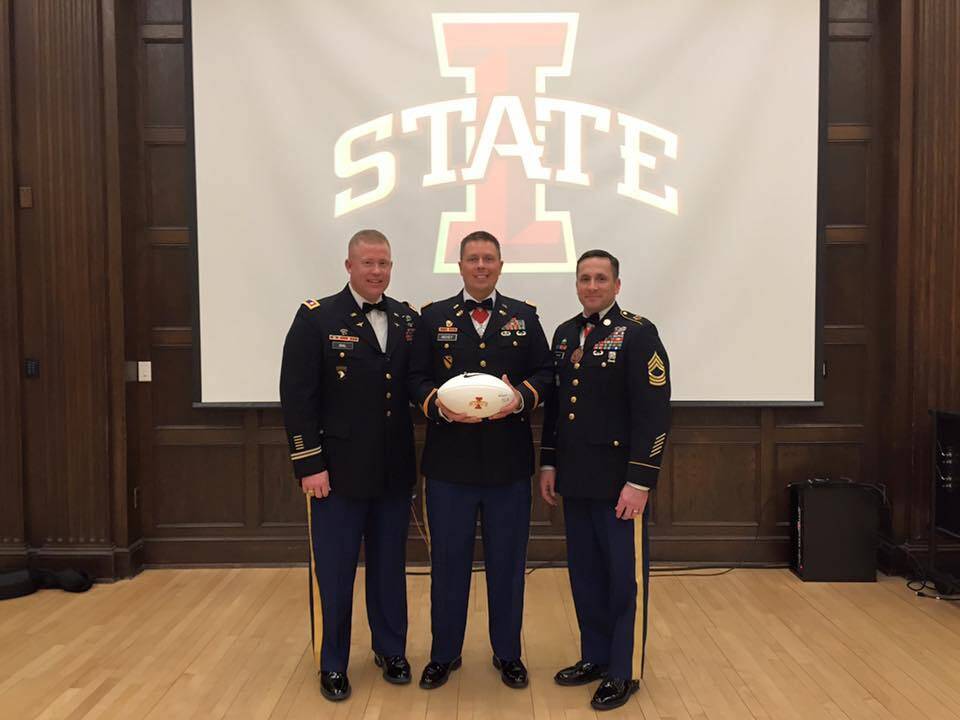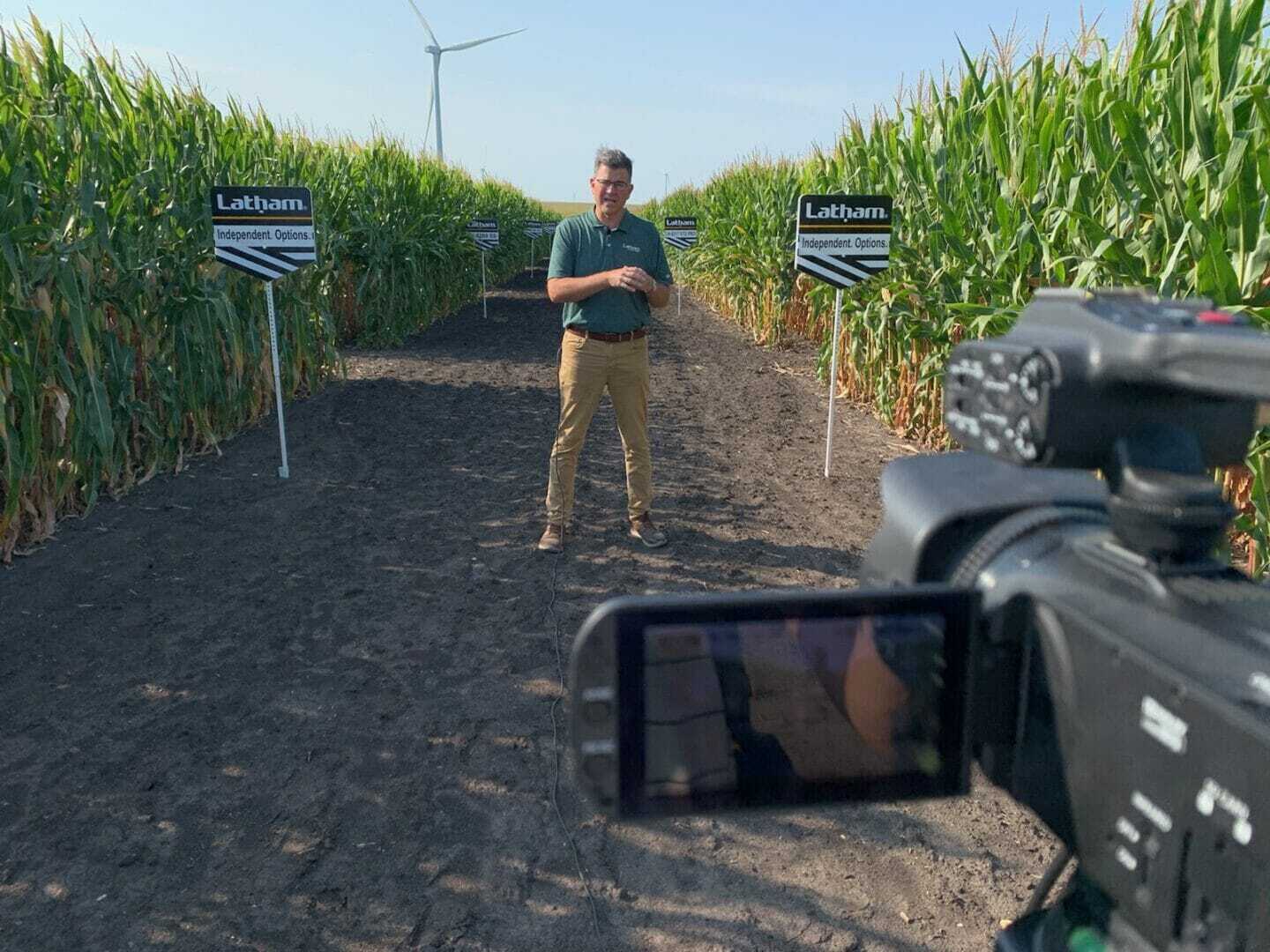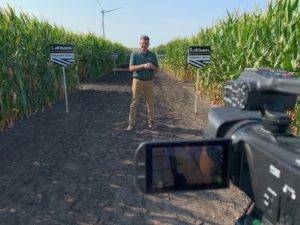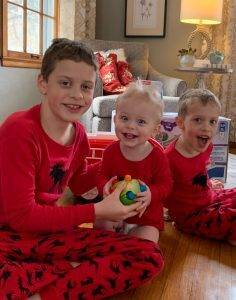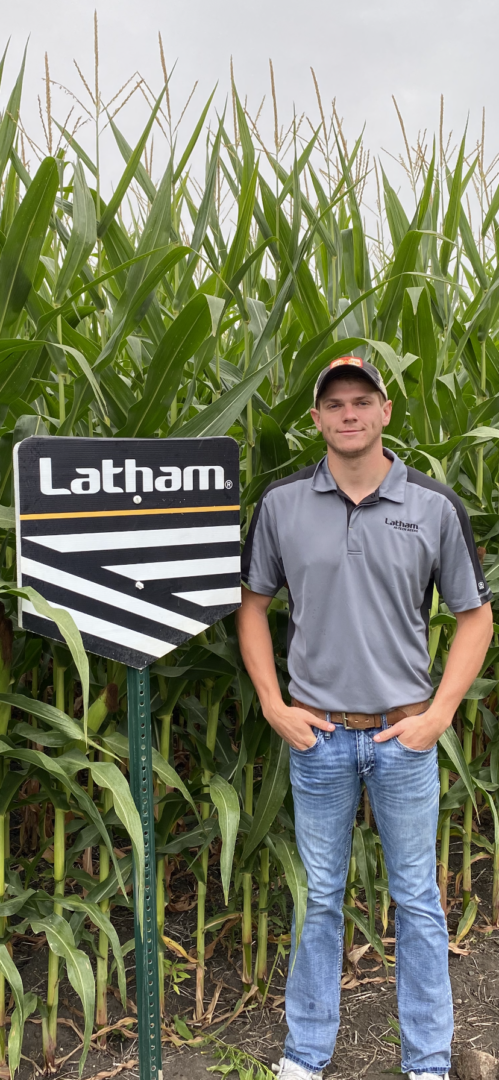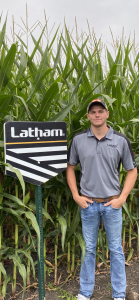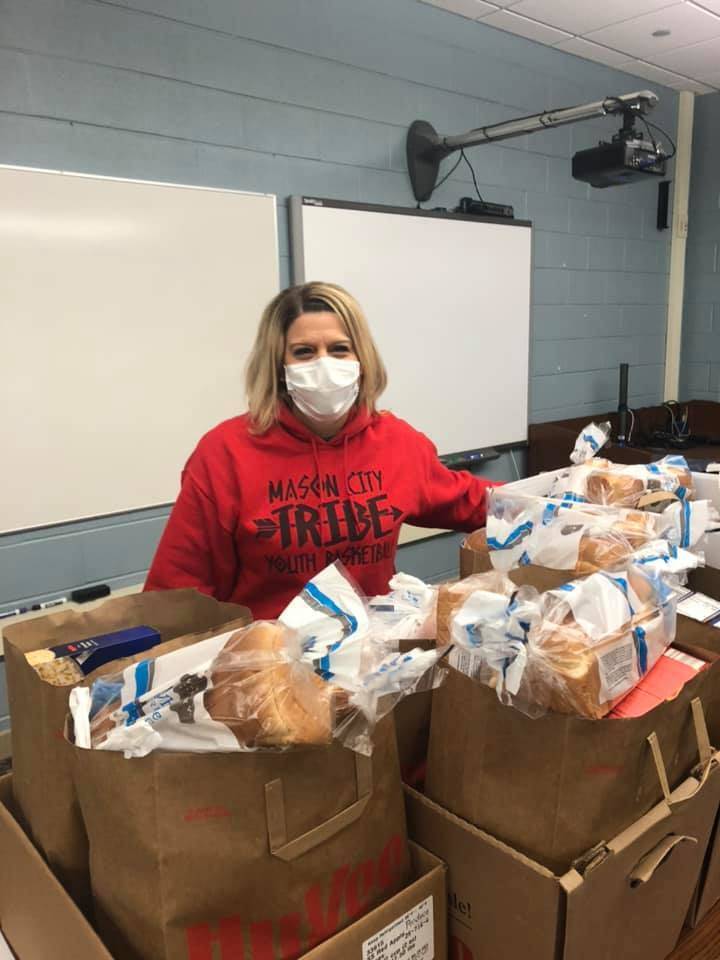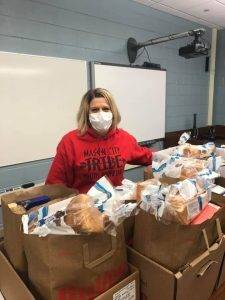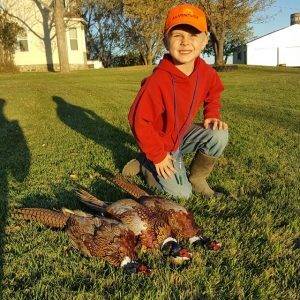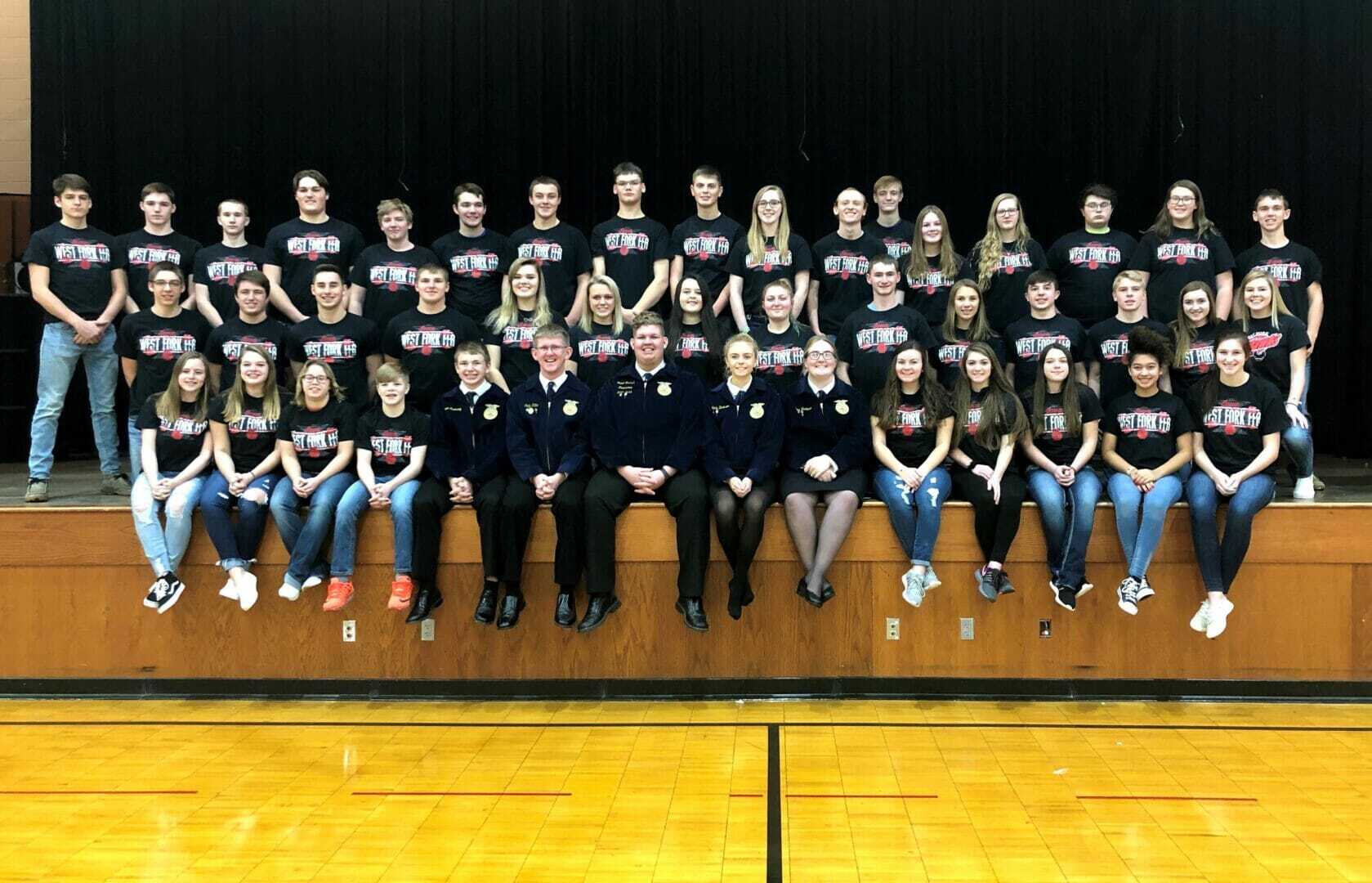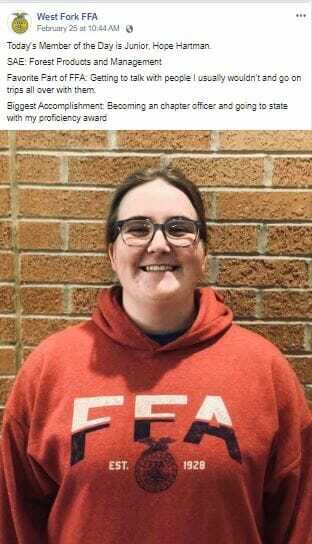Guest blog post by Darcy Maulsby, author of the rural Iowa history book “Calhoun County,” “A Culinary History of Iowa,” and “Dallas County.” New in 2020: “Iowa Agriculture: A History of Farming, Food and Family” from The History Press and “Iowa’s Lost History on the Titanic.”
For part 1 of this story, click here.
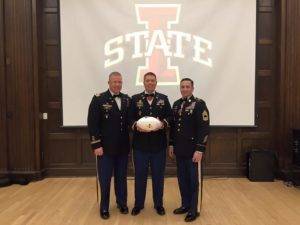 15 Success Tips from an Iowa Veteran, Part II
15 Success Tips from an Iowa Veteran, Part II
There were few things Ethan Dial cared about more than high school sports in the early 1990s. He also appreciated the patriotism around the Super Bowl and the American flag’s place of honor at other sporting events. It’s no wonder this Lake City, Iowa, farm kid committed to playing baseball for the United States Military Academy in West Point, New York. He completed his West Point training in 1999.
Although he retired after 20 years from full-time military service, Dial enjoys sharing the practical wisdom he gained through his military service, especially with new lieutenants during their commissioning ceremony.
Dial’s 15 strategies for success can apply to any occupation:
- Participate in your own survival. Life is a contact sport. To succeed, you can’t sit on the sidelines. “You must roll up your sleeves, get your hands dirty and make it happen,” Dial said. “Be proactive, not reactive. Create the conditions for success in your position.”
- Embrace “more hands make light work.” You can’t shoulder the entire load all of the time. Help others, and ask others for help. “The Army is a team activity,” Dial said. “When you get every soldier in your platoon or section working in synch, the collective power of the team is amazing.” Also, don’t be afraid to dig in and get your hands dirty, no matter your role. “Soldiers will respect you when they see that nothing you ask them to do is beneath you, since you’re willing to get in there and work alongside them,” Dial said. “You’ll learn a ton doing it, too.”
- Remember “Horse – Saddle – Rider.” Be prepared. In the military, whether you’re returning from the range or a month-long field training exercise, your first priority should be the vehicle or aircraft you traveled in. Refuel it, clean it and prep it for the next mission—which might only be minutes away. Also, clean up your gear, refill your aid bags and top off your canteens. “Again, you’ll never know when you only have seconds to grab your gear, and you’ll be thankful your kit is ready to go,” Dial said. Take care of yourself last. Get cleaned up, fed, hydrated, lay out your clothes for the next day, then rest. Many of these same principals of preparation also apply if you’re running a business or a household. “The next mission will come sooner than you expect,” he added.
- Show up early. If you’re not 10 minutes early, you’re already 15 minutes late. Don’t forget the corollary that “being early is free, being late will cost you.” “Make being early a habit,” Dial said. Give yourself time to collect your thoughts, check and re-check important things and put out any last-minute fires. “If you’re at the right place, at the right time, in the right uniform, with the right attitude,” you’re definitely 99% on the road to success,” Dial said.
-

Four generations of the Dial Family Surround yourself with positive people. Seek people who challenge you to always improve. “You’ll be amazed by how much the people you chose to surround yourself with impact your physical, mental, spiritual, and social well-being,” Dial said. “Your attitude changes, your outlook improves, but most importantly, your outcomes start to match your expectations.” Positivity and an attitude of gratitude are contagious, he added.
- Adapt and overcome. As a leader, you’re going to be asked to make decisions and provide guidance. Don’t panic. “If no-one is bleeding and no bullets are firing, it probably isn’t a catastrophe,” Dial said. Take in all available information, evaluate possible tactics and think through potential responses to these tactics. Then make a decision and stick with it. “Be consistent, calm and confident,” Dial said. “Be the problem-solving, adaptable leader your team and your followers need you to be.”
- Develop your natural curiosity. Never accept the first report. Do your research. Ask questions to draw out the facts and separate out the drama. “Always be learning, always be inquisitive, strive to learn more and live a more thorough life,” Dial said.
- In the absence of orders – attack. Always be moving forward. Sometimes you’ll have to decide whether you’ll need to be an “ask for permission” leader or “beg for forgiveness” leader. “Once you make a decision, you own it, good or bad, right or wrong,” Dial said. Throughout your career, you’ll get better at decision making, he added. Read about other’s decision-making style. Study intuition and gut feelings. Practice your decision-making skills. “Don’t sit back and wait for a handout, email or text telling you what to do,” Dial said. “Listen early for intent and guidance, but in the absence of orders – attack!”
- Do you GAS (give a sh**)? Pay attention to the details, and most everything else will fall into place. Take the extra 5 minutes to straighten something, fix something and make it look professional. “If it looks good, it probably is,” Dial said.
-

Ethan Dial & son Show your loyalty. “What’s the best unit you’ve ever been in? The one you’re in at that moment,” Dial said. Demonstrate your loyalty to your organization. Wear your company’s logoed apparel, and attention the “optional” and “highly encouraged” functions. “It’s visible, it makes a difference, and it’s part of the small things that do not go unnoticed,” Dial said.
- Know it’s ok to say you don’t know. Even if you don’t know the answer, say so, but add, “I will find out.” Then follow up as soon as possible.
- Pick three to five things to focus on daily. You can’t do it all. Prioritizing tasks is the key, Dial said. “Imagine what you can accomplish by only worrying about getting three to five things done a day.”
- Only worry about those things YOU can control. Whatever happened is in the past. “None of us has a time machine to go back and fix something,” Dial said. “It is what it is—now what?” Asses what changed, decide who needs to know and determine what the next steps should be. “Focus on going forward, improving, changing and learning from mistakes,” Dial said.
- Don’t whine. Complaining without offering a potential solution is whining. No one likes whiners, so be part of the solution. “It’s ok to identify problems,” Dial said. “While it’s harder to identify solutions, that separates great leaders from the rest.”
- Focus on continuous improvement. Do you know as much about your profession as you expect your doctor to know about his/her profession? “Be a lifelong learner, never be satisfied, get better every day,” Dial said.
Grandma Dial’s Famous Lemon Pie
While Dial sometimes took for granted the peace and serenity of farm life when he was growing up, he’s gained a new appreciation for small-town Iowa’s advantages. “Being back in Iowa has enabled my family to help my dad, Dwight, on the farm when we can,” Dial said. “He also comes to Ames to enjoy family time and attend Iowa State football, basketball and wrestling events with us.”
When the Dial family gets together, they enjoy preparing some of the recipes that have been part of their family for generations. Nothing says comfort food more than this lemon pie, the signature dessert of Ethan Dial’s grandma, the late Alice Ann Dial of rural Lake City.
